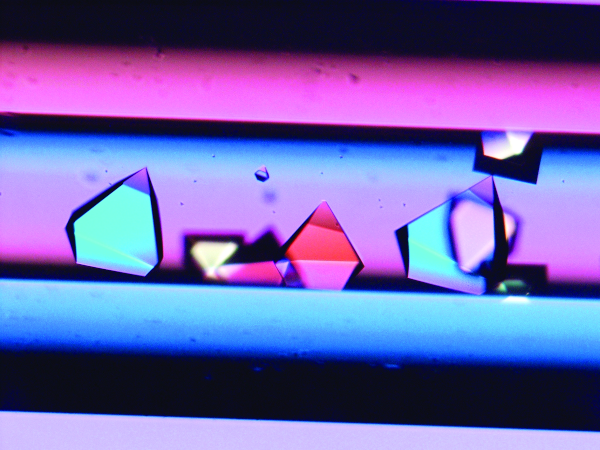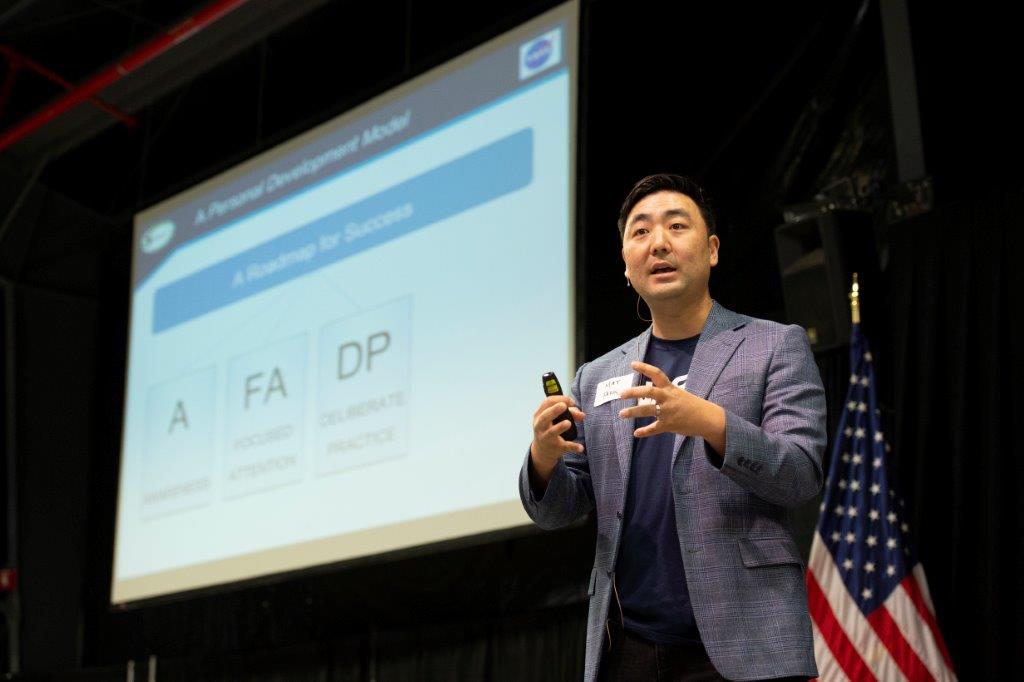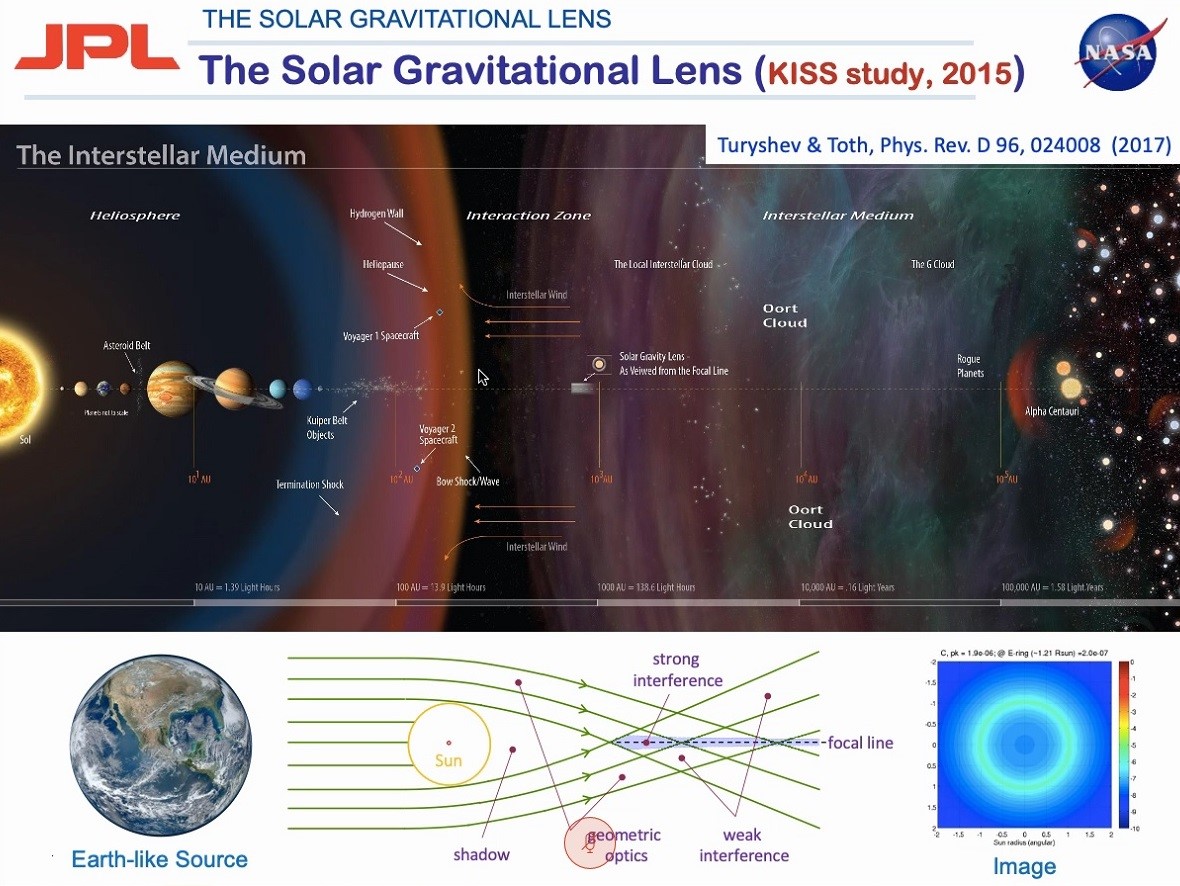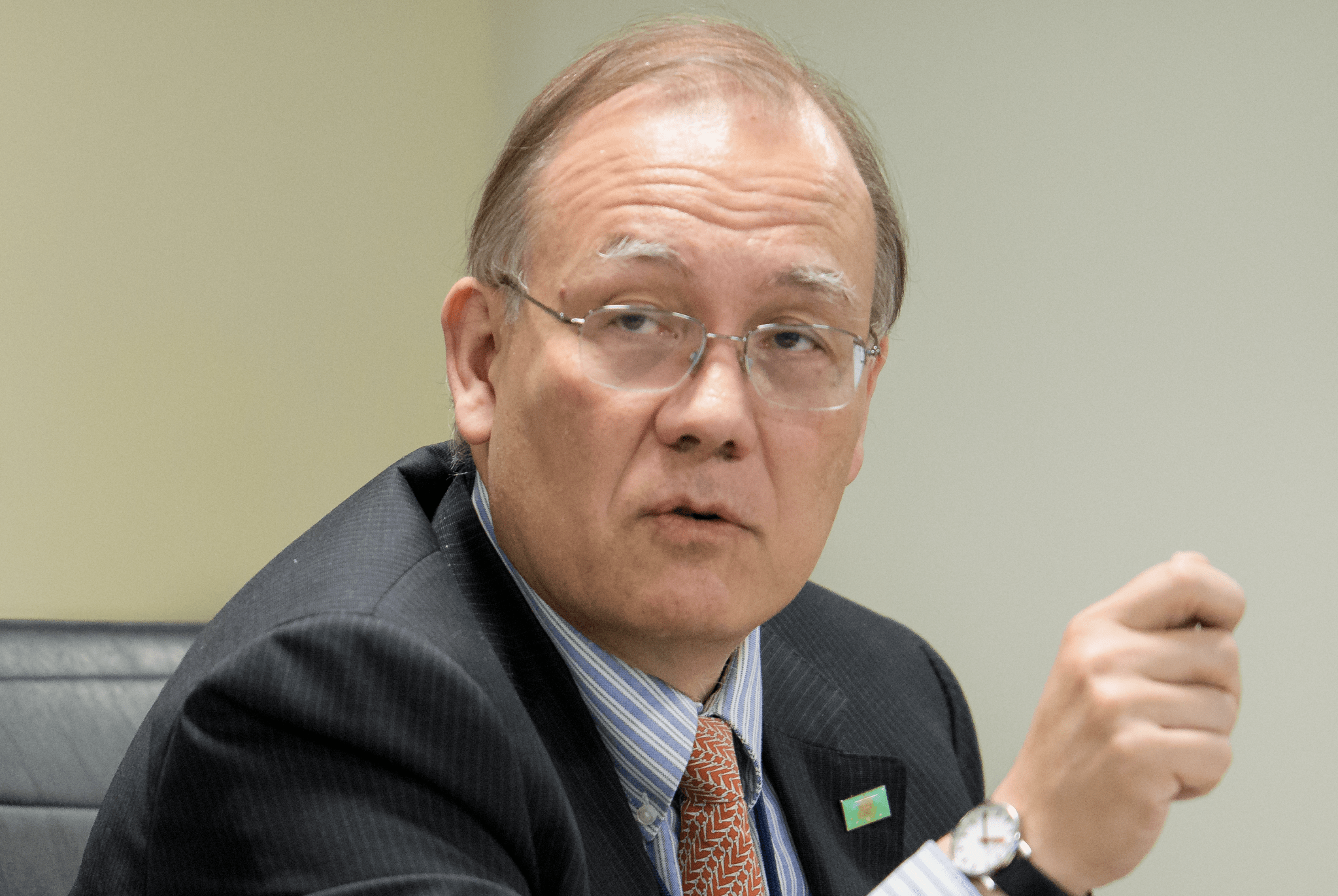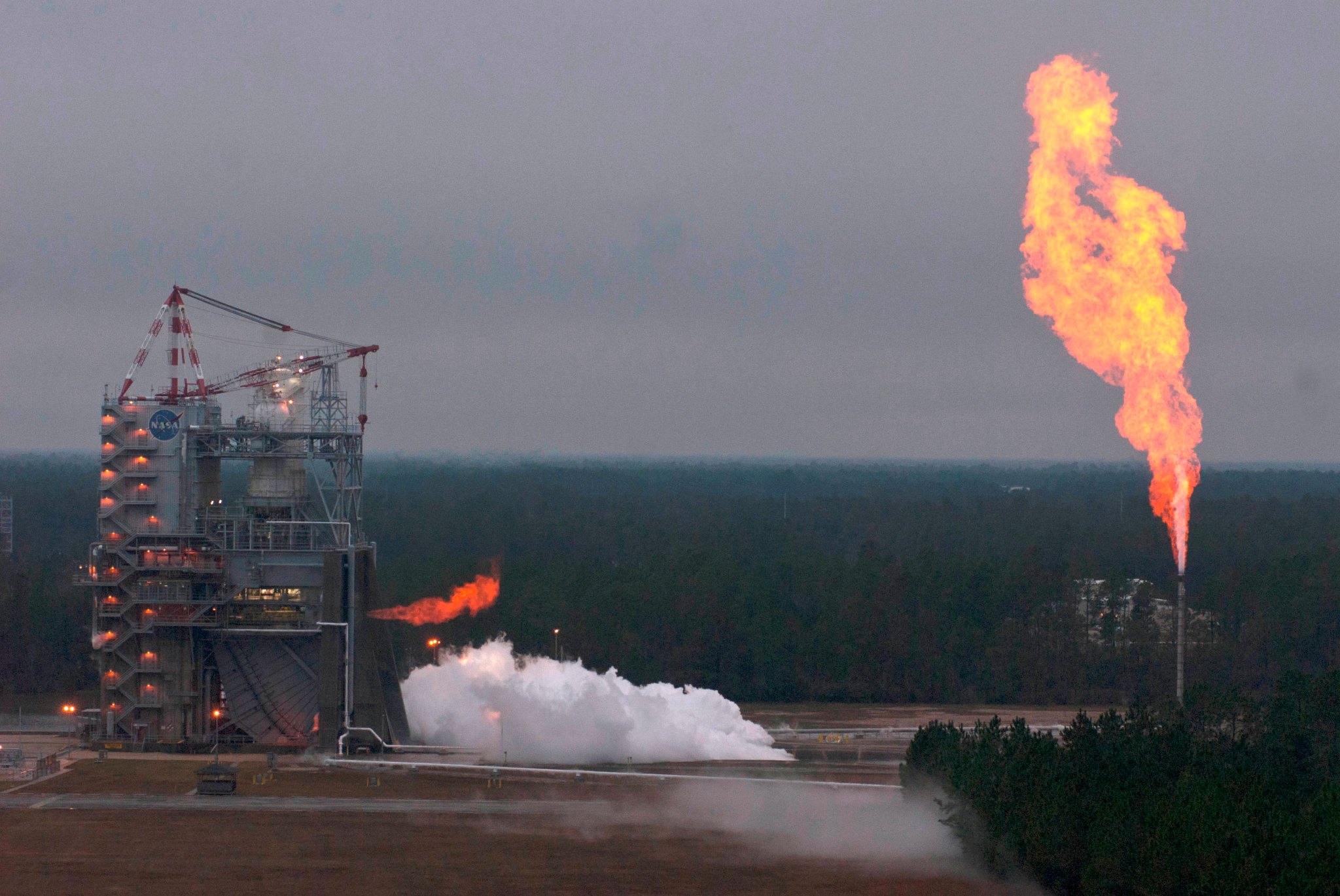In This Week’s Star
- Dig In: NASA Challenge Seeks Innovations to Excavate Moon Resources
- Celebrating 20 years of Space Station Research, Discovery, Development
- Marshall Team Encouraged to Participate in Mentoring Event Dec. 1
- JPL Physicist Slava Turyshev Delivers Tech Talk on Imaging of Exoplanets Using Solar Gravitational Lensing
- National Space Council Executive Secretary Scott Pace Addresses Marshall Association
- NASA’s Space Launch System Gets Repaired, Highlighted on ‘This Week @NASA’
- This Week in NASA History: J-2X Hot Fire Test – Nov. 27, 2012
Dig In: NASA Challenge Seeks Innovations to Excavate Moon Resources
By Amanda M. Adams
From garage inventors to university students and entrepreneurs, NASA is looking for ideas on how to excavate the Moon’s icy regolith, or dirt, and deliver it to a hypothetical processing plant at the lunar South Pole. The NASA Break the Ice Lunar Challenge, now open for registration, is designed to develop new technologies that could support a sustained human presence on the Moon by the end of the decade.
“We are excited about this opportunity to broaden our community engagement in the Artemis program and explore new infrastructure approaches for the Moon,” said Jim Reuter, NASA associate administrator for the Space Technology Mission Directorate. “As outlined in our plan for sustained lunar exploration and development, NASA is pursuing technology development that allows future explorers to live off the land. With this challenge, we’re soliciting fresh ideas from outside the traditional aerospace sector for acquiring and processing resources needed to support long-duration human surface exploration.”
The Break the Ice Lunar Challenge is the first Centennial Challenge to be led by NASA’s Marshall Space Flight Center, along with support from NASA’s Kennedy Space Center.
The competition will take place in two phases. Phase 1 seeks new ideas and approaches for a system architecture capable of excavating and moving icy regolith and water on the lunar surface. Eligible Phase 1 participants must submit a system architecture report, excavation plan, and mission animation by June 18, 2021 that addresses various operations and environmental conditions of a hypothetical excavation mission on the lunar surface. The entries will compete for a portion of the $500,000 Phase 1 prize purse.
The initiation of Phase 2, the demonstration phase, is contingent on the emergence of promising submissions in Phase 1 that demonstrate viable approaches to achieving the challenge goals.
NASA instruments and a mobile robot will land on the Moon in the next few years to harvest and map resources at the South Pole. Additional investments are advancing in-situ resource utilization technologies so future explorers can use what’s native to the Moon.
High on NASA’s list of innovation priorities are technologies that use the Moon’s resources to support sustainable surface operations with decreasing supply needs from Earth. This includes systems that could convert lunar ice into rocket fuel, drinkable water, or other vital resources, including rocket fuel. Regolith also shows promise for both construction and creating elements for rocket fuel.
NASA has identified several technology gaps related to harvesting and moving large quantities of resources on the Moon, including hardware capable of operating in the extreme cold and permanent to near-permanent darkness. Robotic systems for excavation will need to withstand the harsh environments inside permanently shadowed regions at the lunar South Pole, where ice has been observed and the targeted landing site for crewed Artemis missions.
Designs for this challenge will need to dig up the icy regolith, take it to a processing plant for water extraction, and then transport it to a storage tank for life support and other systems.
“Responsibly gathering these resources on a place far from our home planet will require new technologies,” said Marshall’s John Vickers, NASA principal technologist for the challenge. “Someday we may be able to incentivize regolith excavation and water delivery technologies that could be adapted for operation on the lunar surface, while also advancing excavation technologies for terrestrial commercialization.”
On Earth, a variety of tools and techniques are used for excavation – from manual labor using simple tools like a hand shovel to complex machinery. The mission architectures developed in the Break the Ice Lunar Challenge aim to help guide machine design and operation concepts for future terrestrial and lunar mining and excavation operations and equipment for decades to come.
To learn more about the challenge and register to participate, visit here.
Adams, an LSINC Corporation employee, supports Marshall’s Office of Strategic Analysis & Communications.
Celebrating 20 years of Space Station Research, Discovery, Development
Editor’s note: This is the first in a five-part series highlighting scientific and technological breakthroughs that have been achieved over the past two decades as a result of International Space Station science. This research helps humanity explore farther into space while also benefiting life on Earth. The Payload Operations Integration Center at NASA’s Marshall Space Flight Center schedules, assists with, and coordinates all experiments on the station’s U.S. Orbital Segment.
The past 20 years aboard the International Space Station have yielded scientific and technological advancements in the only laboratory available for long-duration microgravity research. These include fundamental disease research, the discovery of steadily burning cool flames, new water purification systems, and drug development using protein crystals.
Fundamental disease research: Those impacted by Alzheimer’s disease, Parkinson’s disease, cancer, asthma, or heart disease have been personally touched by space station research. Microgravity research has provided new insights to scientists studying these diseases. Studying cells, organoids, and protein clusters without the influence of gravity – or even the forces of container walls – can help researchers get a clearer understanding of their properties, behaviors, and responses to treatments.
Without the interference of Earth’s gravity, Alzheimer’s researchers on the space station have studied protein clusters that can cause neurodegenerative diseases. Cancer researchers studied the growth of endothelial cells on the space station.
Discovery of steadily burning cool flames: Fire typically conjures thoughts of heat, but special flames created aboard the space station keep things a bit cooler. When scientists burned fuel droplets in the Flame Extinguishing Experiment study, something unexpected occurred. A fuel droplet appeared to extinguish but actually continued to burn without a visible flame. The fire went out twice – once with and once without a visible flame. This is the first time scientists observed large droplets of heptane fuel that had dual modes of combustion and extinction. The second stage was sustained by what is known as cool flame chemical heat release.
Removing gravity from studies of combustion allows for exploration of the basic principles of flames. Cool flames have been produced on Earth, but they quickly flicker out.
New water purification systems: The space station’s life support system was developed to provide the crew with clean air and water. The Water Recovery System purifies and filters the station’s water, recovering and recycling 93% of the water astronauts use in space. This technology is licensed for adaption into an Earth-based water treatment system, with the first ground-based water filtration systems using NASA technology installed in Iraq in 2006 – Marshall engineers helped install and test the system in the northern village of Kendala, after the pump for the village’s deep-water well failed. Station research studies like AquaMembrane have also tested out other innovative water systems.
Efficiently recycling wastewater aboard the space station reduces the need to provide water through resupply missions. As humans travel deeper into space, resupply will be unachievable, making these systems a necessity. The restrictions imposed by the requirements of space prompted innovation that was applied to Earth.
Water is vital for human survival. Unfortunately, many people around the world lack access to clean water. At-risk areas can gain access to advanced filtration and purification systems through technology developed for the space station, making a lifesaving difference in these communities.
Drug development using protein crystals: Humans are composed of more than 100,000 types of proteins. Each protein provides information related to health. Studying these proteins by crystallizing them helps scientists learn more about the body and potential disease treatments.
Protein crystals grown on Earth are affected by gravity, which may alter the way the molecules align on the crystal. Researchers have discovered that growing crystals aboard the space station allows for slower growth and higher quality crystals. This high-quality crystallization allows scientists to identify the structures of disease-causing proteins to develop a new medications and effective treatments. Protein crystal growth experiments conducted aboard the space station have provided insights into numerous diseases, from cancer to gum disease.
One of the most promising results of these station experiments has come from the study of a protein associated with Duchenne Muscular Dystrophy, an incurable genetic disorder that affects 1 in 3,600 young boys. A treatment based on this research is in clinical trials.
Another investigation, PCG-5, sought to grow the therapeutic antibody Keytruda in a more uniform crystalline form. The goal was to improve the drug so it can be delivered by injection rather than an IV treatment.
To learn more about these breakthroughs and other scientific advancements made aboard the space station, visit here.
Marshall Team Encouraged to Participate in Mentoring Event Dec. 1
By Rick Smith
NASA’s Marshall Space Flight Center will host a mentoring event Dec. 1. Featuring presentations from Marshall leaders and mentoring program advocates, the half-day virtual session is designed to mold team members into better mentors and help mentees achieve rewarding personal and career growth.
To register, visit SATERN and search “Mentoring Event: The Flip Side.” Seminar space is limited, so team members are encouraged to sign up early.
Marshall Deputy Director Paul McConnaughey will welcome event participants at 8:30 a.m. TED Talk-style presentations will follow from Mat Park, organizational development specialist in Marshall’s Office of Human Resources; Kristin Pollard-Kiel, an attorney in the Office of the General Counsel; Nick Case, branch chief of Marshall’s Propulsion Test Laboratory; and Nicole Herrmann, technical integration manager in the Human Exploration Development & Operations Office. An open discussion session will follow. The event is expected to conclude around noon.
Being an ideal mentor is all about being present and involved, said Park, who develops tactics and leads workshops to help NASA workers pursue new roles, adapt to changing organizational paradigms, and embrace new business models.
“At the core of any great career opportunity is the principle of who you know and who knows you,” he said. “Building relationships – setting an example for those who will succeed you – is an essential ingredient to start something great.”
That’s never been more important, event organizers agree, as NASA pursues ambitious new partnerships with large and small commercial firms around the world to pursue new solar system exploration missions and improve life here on Earth.
“Mentors shape the future,” said co-organizer Zenia Alejandra Garcia, a flight structures engineer in Marshall’s Engineering Directorate. “They become role models in matters of accountability, respect, encouragement, and inclusion – influencing how upcoming generations of workers inside and outside NASA will pursue and execute new missions and new responsibilities.
“Even small gestures or actions,” she added, “can make a huge difference in someone else’s unfolding career.”
For more information, visit the Office of Human Resources page on Inside Marshall.
Smith, a Manufacturing Technical Solutions employee, supports Marshall’s Office of Strategic Analysis & Communications.
JPL Physicist Slava Turyshev Delivers Tech Talk on Imaging of Exoplanets Using Solar Gravitational Lensing
Slava Turyshev, a physicist at NASA’s Jet Propulsion Laboratory and principal investigator on a 2020 NASA Innovative Advanced Concepts Phase III project, delivered a virtual Tech Talk on Nov. 18.
Turyshev is investigating the use of the Sun as a gigantic magnifying lens to image exoplanets and other distant objects, a principle called solar gravitational lensing. A proposed telescope mission placed at 550 astronomical units from Earth – one of the regions in space where the Sun’s corona focuses the magnified light – could produce high-resolution images of distant, potentially habitable, Earth-like exoplanets.
In order to reach such an incredible distance, the project would use solar sail technology – similar to that used on NASA’s NEA Scout CubeSat mission developed at the agency’s Marshall Space Flight Center for launch on Artemis 1. To put this in perspective, one astronomical unit is the distance between Earth and the Sun, approximately 93 million miles, Jupiter is approximately five astronomical units from the Sun, and the Voyager 1 mission launched in 1977 is over 150 astronomical units from the Sun. The technology Turyshev is proposing could propel the a telescope to the interstellar distances in approximately 20 years – far less time than if using conventional chemical propulsion. Small relay satellites taking advantage of the same propulsion technology will be launched at intervals following the telescope’s launch to transmit data to scientists on Earth.
Turyshev’s team proposes flying a demonstration mission of the solar sail technology in the early to mid-2020s with a full-scale mission launching in the late 2020s.
The Tech Talk series is presented by Marshall’s Chief Technologist’s Office.
National Space Council Executive Secretary Scott Pace Addresses Marshall Association
Scott Pace, executive secretary of the National Space Council, addressed the Marshall Association on a virtual meeting Nov. 19.
Jody Singer, director of NASA’s Marshall Space Flight, welcomed Pace and recognized him as a strong leader on space policy. Pace discussed his work on the National Space Council, U.S. national space policy actions, and how those policies affect the world.
The Marshall Association, established to build the exchange of innovative idea within the Marshall community, is a self-governing organization of dues-paying NASA civil service employees, contractors, retirees, and community members. To learn more about the association, or to join, visit Inside Marshall.
NASA’s Space Launch System Gets Repaired, Highlighted on ‘This Week @NASA’
A repair to NASA’s Space Launch System rocket is featured in “This Week @NASA,” a weekly video program broadcast on NASA-TV and posted online.
Engineers at NASA’s Stennis Space Center successfully repaired a valve inside the SLS core stage and are now preparing for a wet dress rehearsal – when the stage will be loaded with cryogenic, or super-cold, propellant for the first time – the week of Dec. 7. The rehearsal is part of the rocket’s Green Run test series in preparation for launches of Artemis missions to the Moon. A hot fire test, where all four of the rocket’s RS-25 engines will be fired to simulate a launch, is currently targeted to wrap up the testing series the week of Dec. 21.
NASA’s Marshall Space Flight Center manages SLS for the agency.
View this and previous episodes at “This Week @NASA” on NASA’s YouTube page.
This Week in NASA History: J-2X Hot Fire Test – Nov. 27, 2012
This week in 2012, engineers tested the power pack assembly of the Pratt & Whitney Rocketdyne-built J-2X engine at NASA’s Stennis Space Center. The test ran for 278 seconds and verified the newly installed strain gauges designed to measure the turbine structural strain when the turbopump is spinning at high speeds. Today, NASA’s Marshall Space Flight Center is playing a vital role in the Artemis program by developing the Space Launch System, the backbone of NASA’s exploration plans and the only rocket capable of sending humans to the Moon and Mars. The NASA History Program is responsible for generating, disseminating, and preserving NASA’s remarkable history and providing a comprehensive understanding of the institutional, cultural, social, political, economic, technological, and scientific aspects of NASA’s activities in aeronautics and space. For more pictures like this one and to connect to NASA’s history, visit the Marshall History Program’s webpage. (NASA)




























